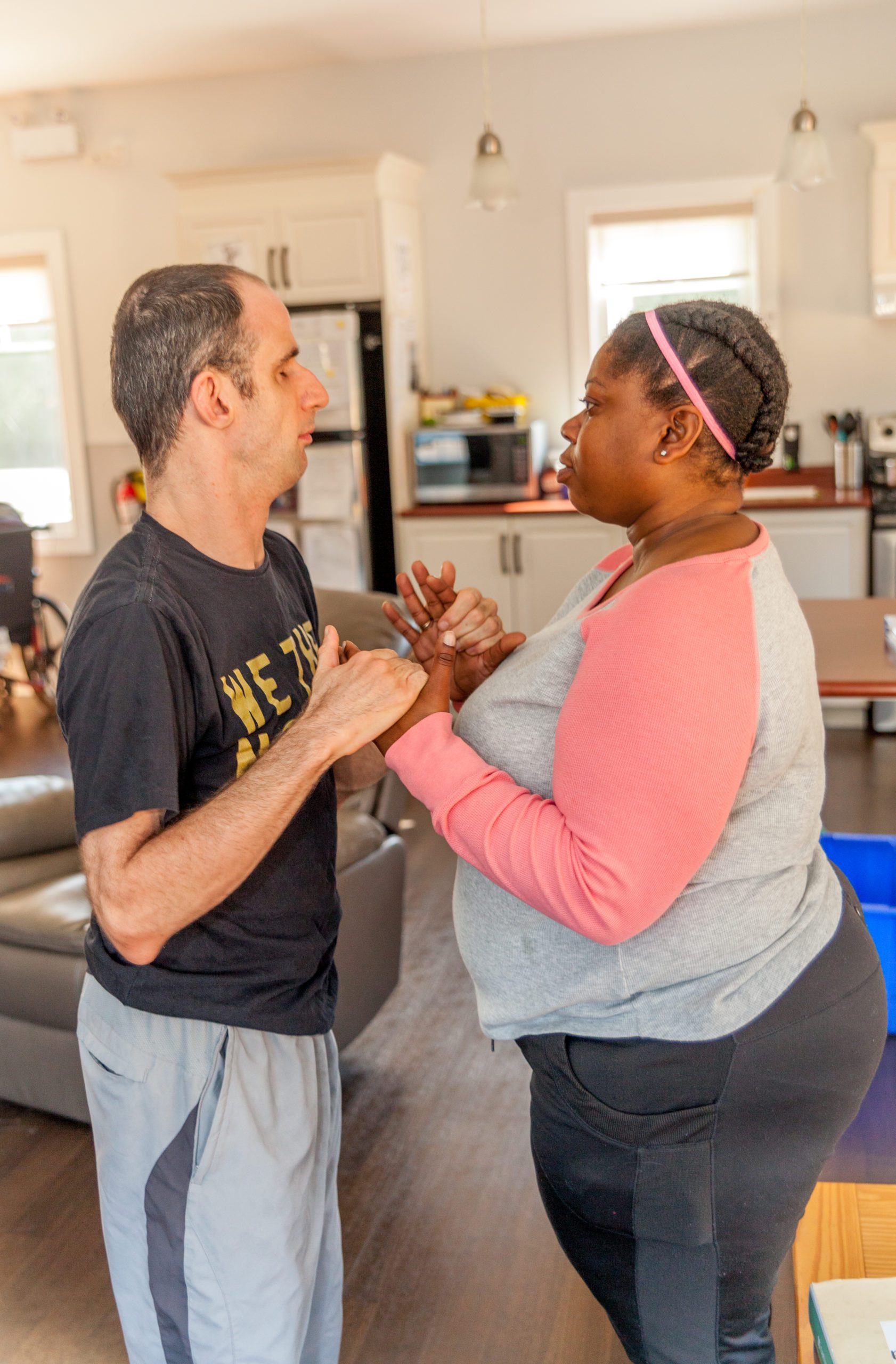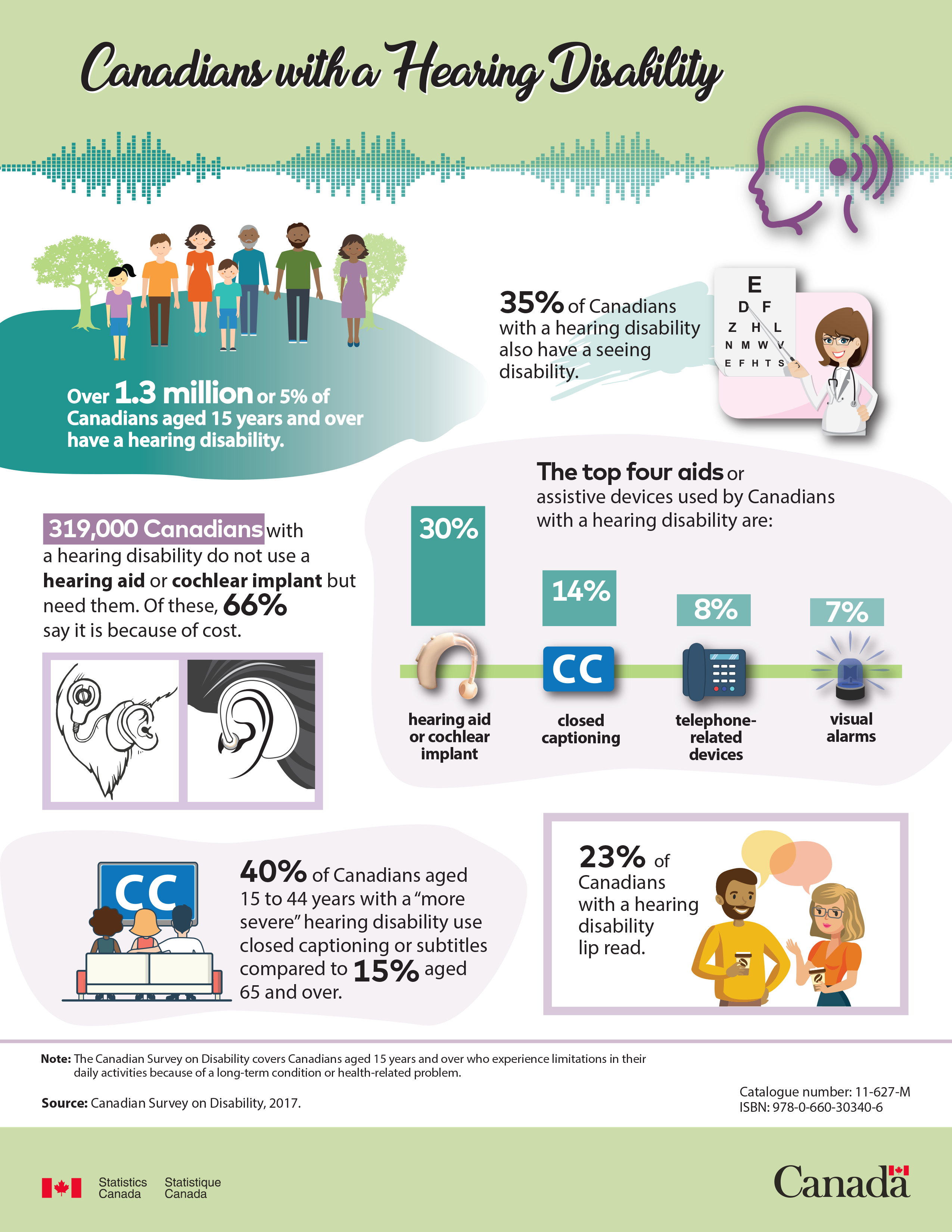Deafblindness
95% of what we learn comes from what we see and hear. Imagine what it must be like to be deafblind.
Deafblindness is a combination of hearing and vision loss that is unique to each person and impacts access to information, communication, and mobility.
Types of deafblindness:
- Acquired – Acquired deafblindness is a description applied to people who experience both vision and hearing loss later in life. Losses may occur at separate times or may occur simultaneously. They may also be progressive.
- Congenital Deafblindness – Congenital deafblindness is a description applied to people who are born with both hearing and vision loss or who became deafblind before developing symbolic language.
- Age related – Adults who experience both hearing and vision loss as they age are considered to have “dual sensory loss” or “age related” deafblindness.
Over 1% of Canada’s population or approximately 466,420 people are deafblind. In Ontario, an estimated 211,250 people are deafblind.
22% or 70,080 of Ontario seniors in home care and long-term care reported experiencing vision and hearing loss combined.
For people with deafblindness, the impact of the intervenor is immeasurable.

Click here for the plain text version of the infographic.
Hearing Loss
Over 1.3 million or 5% of Canadians aged 15 years and over have a hearing disability. In Ontario, 563, 350 or 4.19% people aged 15 years and over have hearing disabilities, according to the Canadian Survey on Disability (2017).
According to the World Health Organization’s 2021 World Report on Hearing, by 2050 approximately 2.5 billion people globally will be living with some degree of hearing loss, of whom at least 700 million will require rehabilitation services.
The Canadian Association of the Deaf-Association des Sourds du Canada recognizes a person to be medically/audiologically deaf when that person has little or no functional hearing and depends upon visual rather than auditory communication.
Learn more about the difference Direct Support Professionals (DSPs) make for people who are Deaf, hard of hearing and non-verbal.



